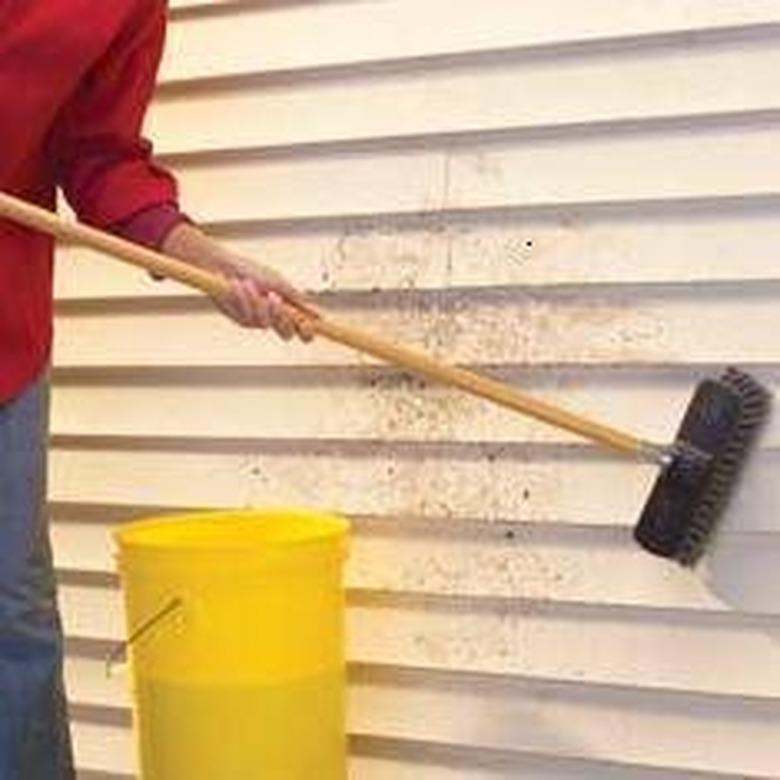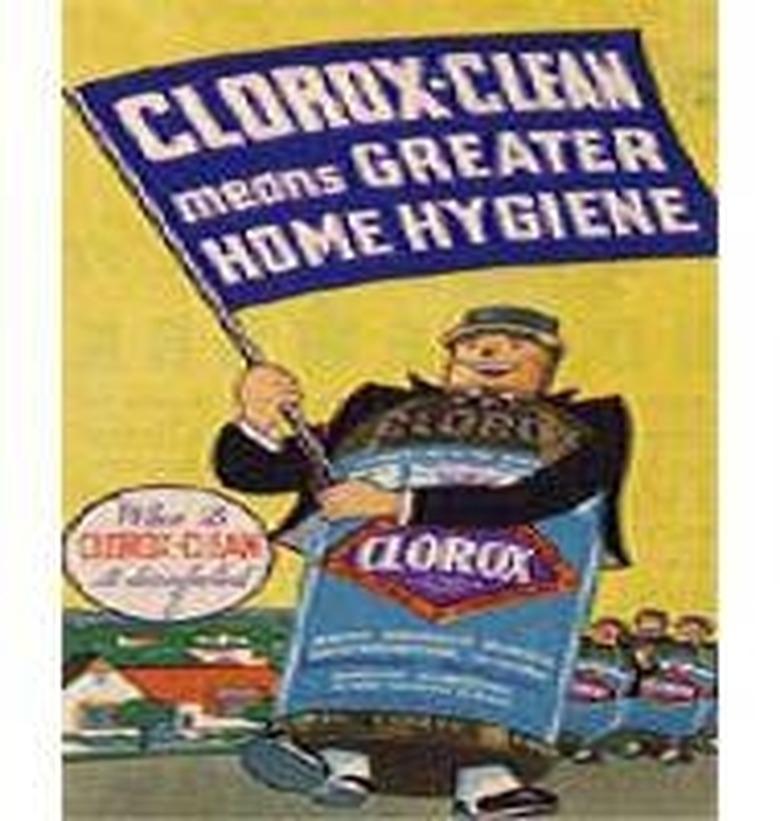Does Clorox Damage Vinyl Siding?
The Clorox Company manufactures numerous chemical and food products, but is probably best known for Clorox, its famous liquid bleach. In fact, "Clorox" is often used in speech generically to identify any brand of household bleach today. Vinyl building siding is a marvelous material which looks new for a very long time, takes the abuse of the elements in stride, and remains beautiful and durable for many years. This tough-as-nails siding responds well to cleaning with Clorox bleach, provided it is properly diluted with water 5:1, applied and scrubbed in 10-12 foot sections, and rinsed extremely well. Although the vinyl siding is very tough, bleach is highly corrosive, and may damage the siding if not thoroughly rinsed immediately.
Significance
Although vinyl siding can also be cleaned with detergents, Clorox is much more effective for removing stubborn baked-on dirt, soot, stains, mold and mildew. The effects of the elements are brutal on housing materials, and at the very least can make even the most resilient siding look dingy. Bleach is the perfect remedy for restoring an attractive appearance to the material. Clorox bleach will not harm vinyl siding as long as it is properly diluted and thoroughly rinsed from the surface.
Benefits
Bleach is not only an effective cleaner for a wide variety of surfaces, but is economical to use as well. One gallon of bleach diluted with five gallons of water will produce six gallons of cleaning solution. It also disinfects and sanitizes, so any solution left over can be used to clean all other non-porous surfaces, indoors or outside.
Function
Clorox bleach is commonly used in laundry for stain removal. Cotton fabrics stain very easily, but they tolerate bleach well, so Clorox is especially suitable for them. Household bleach diluted with water to 5:1 is highly effective for combating some viruses and many different bacteria, and is commonly used as a disinfectant in United States hospitals and other health facilities. The EPA recommends using two-four drops of bleach per every quart of water in need of emergency disinfection. The agency also authorizes sanitization of commercial food processing equipment and other surfaces with bleach solutions, as long as they are thoroughly rinsed and adequately drained prior to contacting foodstuffs. Beer and wine manufacturers use a weak bleach and warm water solution for sanitizing non-porous surfaces prior to brewing. Thorough rinsing ensures that the taste of the chlorine bleach does not contaminate the products. Bleach solutions are excellent for use in the shock chlorination of water systems and wells, thereby disinfecting drinking water supplies.
History
The Clorox Company began on May 3, 1913 under the name of the Electro-Alkaline Company. Five entrepreneurs invested $100 each to establish the first industrial grade liquid bleach manufacturing business in the United States. The principals were William Hussey, a miner; Archibald Taft, a banker; Charles Husband, a bookkeeper; Edward Hughes, a coal and wood broker; and Rufus Myers, a lawyer. Electro-Alkaline developed a more diluted version of the bleach product suitable for household use in 1917, which skyrocketed their sales. Electro-Alkaline went public on the San Francisco Stock Exchange in 1928, and changed its name to the Clorox Chemical Company. Procter & Gamble purchased Clorox in 1957. However, the Federal Trade Commission fought the move in an effort to avoid a monopoly forming, which may have damaged the competition factors that were present in a healthy household products economic market. Finally in 1969 the FTC prevailed, restoring independence to Clorox Chemical Company's bleach products.
Expert Insight
The Clorox advertising "spokesman" from 1920 to 1960 was "Butch," an animated bleach bottle, who became quite famous. Butch even survived the move from rubber-stoppers in the bottles to screw-on lids in 1941.
Warning
Most bleaches, including Clorox, are hazardous to eyes, skin and mucous membranes such as mouth and nose tissues. When using bleach, the skin and eyes must be protected. Ingestion can be fatal. Bleach should never be mixed with drain cleaners, acids such as lemon juice or vinegar, or ammonia. These are dangerous combinations, and produce harmful, noxious chlorine gases.



